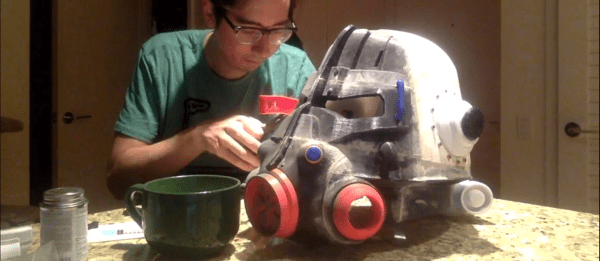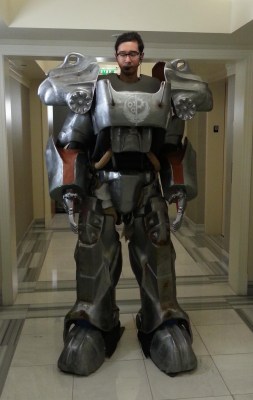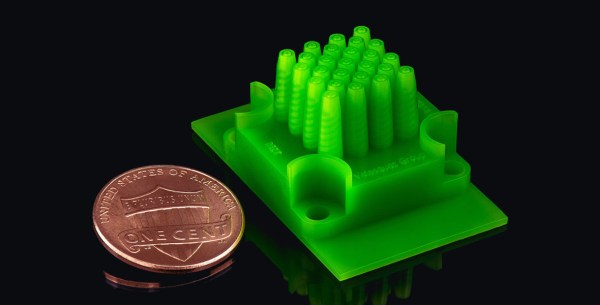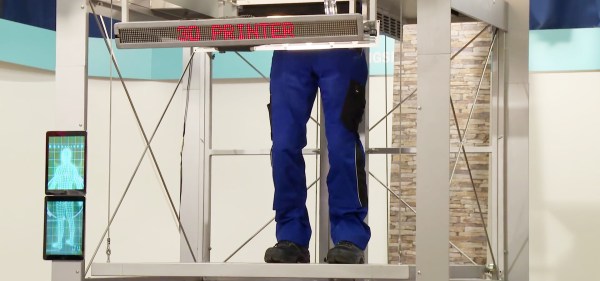Students with visual impairments can have difficulty with visual and spatial relationships. 3D printers can print almost everything, and with a lot of CAD work, this project in the Hackaday Prize provides these students with physical objects to learn any subject.
[Joan] and [Whosawhatsis] have already written the book on 3D printed science projects and have produced a 3D printed Braille map of a campus, but for this project, they’re making things a little bit simpler. Visually impaired students are tactile learners and the simplest of their 3D printable objects are fixed volume objects. This collection of 3D printable cylinders, cones, prisms, and pyramids give a physical representation of geometric solids. These objects also have another trick up their sleeve: they all contain the same volume. Fill the cylinder up with water, pour that water into a cone, and the student will discover that they all contain the same volume. That’s useful for the visually impaired, but would also put these printable shapes at home in any elementary or middle school math class.
This project already has a rather large following, with teachers of the visually impaired contributing on a Google Group, and a ton of people downloading the models. [Joan] and [Whosawhatsis] are getting a lot of great feedback and growing the range of contributors, making this the start of an awesome community and a great Hackaday Prize entry.























